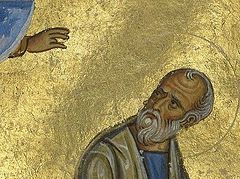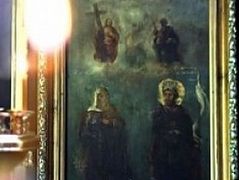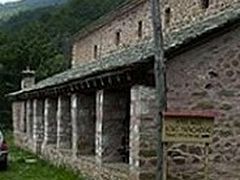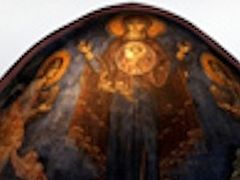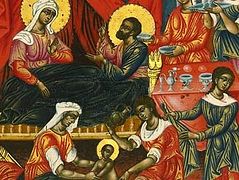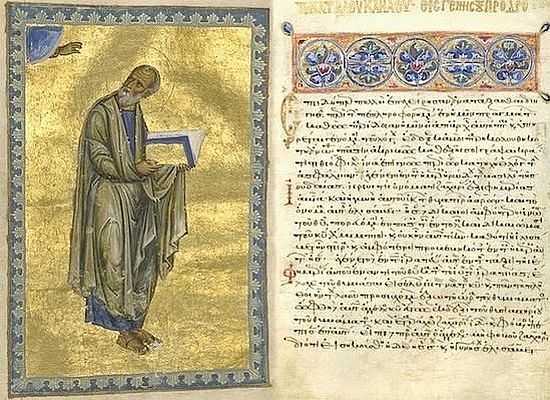
After many decades, an important Byzantine manuscript was returned to Mount Athos in Greece. The manuscript that was stolen in 1960 by the Dionysiou Monastery in Mount Athos and was bought from a private collector by the Getty Museum in California, in 1983, will be on display at the Byzantine Museum in Athens from September 15 to October 30.
According to the Greek Culture Ministry, the manuscript is a codex of the four gospels (Tetraevangelion), made in Constantinople in the 12th century and was first listed by Spyridon Lambrou in his opus “Catalogue of the Greek Manuscripts on Mount Athos.”
The manuscript’s creator, Theoktistos, decorated it with beautiful illuminations. The 12th century is characterized by the production of ornate codices that were destined for members of the Komnenos dynasty or for the major monasteries of Constantinople.
The Culture Ministry said that under a collaboration framework signed in 2011 with the Getty Museum, the museum agreed to return the manuscript to the Greek state.
The Byzantine manuscript will be exhibited at the Byzantine Museum for a short period, along with a page depicting the 12 Apostles that was bought separately and was exhibited at the Kanellopoulos museum in Athens.
Following the exhibition, both items will be returned to Dionysiou Monastery in Mount Athos.

